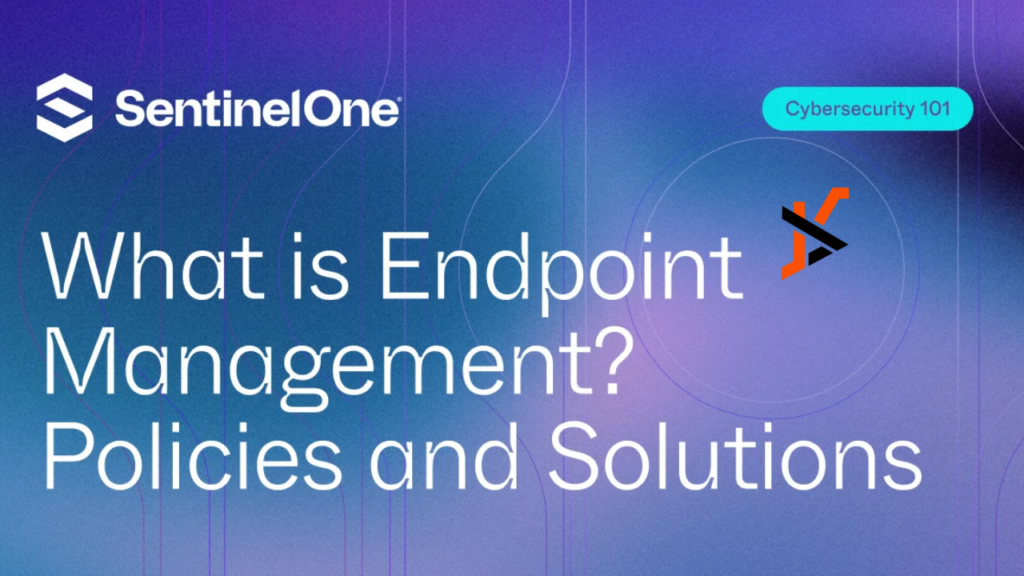Because technology has become such an essential part of business and work in the digital era, cybersecurity is more important than ever.
Cyber threats are becoming more widespread and sophisticated every day, month, and year. Because so many more businesses and users are now working remotely, this has escalated significantly. Although this change has improved productivity and flexibility, it has also created new risks and difficulties.
We talked with Babble, an IT support London company, on how unified endpoint management (UEM) may help businesses increase their security. Having worked in IT for more than a decade, Babble has direct experience with the changing demands of remote work. An overview of the new security issues raised by remote and hybrid work, along with how UEM can assist, is provided below.
Remote and Hybrid Work (and their risks)
Due to technological advancements and the strain that worldwide issues (like the COVID-19 pandemic) put on businesses, remote and hybrid working has quickly become a popular way to work.
In general, several businesses have found success with remote and hybrid work (Babble, for example, has been entirely remote since 2020). However, if businesses are not completely prepared, there are certain risks that become involved.
Many businesses immediately adopted remote work without taking into account the fact that their IT infrastructures were built for on-site operations. The overall security of the business’s infrastructure was significantly diminished as a result of people being able to access business networks, systems, and data from several new places.
Enhancing the security of users who operate remotely is the answer to this specific type of cyber danger. UEM is a useful tool for accomplishing this.
Understanding Unified Endpoint Management (UEM)
The demand for security on all wireless devices has grown as a result of the widespread usage of mobile and/or distributed devices for work. This is the goal of unified endpoint management (UEM).
The many complexities of managing a large number of computers, mobile devices, printers, and other devices (also known as endpoints) used by businesses—many of which are wireless and thus moved between various networks and locations—are addressed by UEM, a comprehensive solution. Since the emergence of remote and hybrid working, Babble (a managed IT services London company) have said that businesses have benefited from UEM’s comprehensive approach to managing all devices linked to a business.
How Does UEM Enhance Cybersecurity?
Since UEM is intended to be a comprehensive solution, it combines several methods to increase a business’s awareness, command, and reactivity to cyberthreats. Among UEM’s primary qualities are the following:
- Monitoring
UEM offers a centralised view of every endpoint that is linked to a business’s network, including printers, desktops, laptops, mobile devices (such as smartphones and tablets), and even Internet of Things (IoT) gadgets. Businesses can monitor device settings, security postures, and statuses across all devices with UEM. This makes it easy for businesses to identify suspicious activity as soon as it occurs.
- Policies Enforcement
Managing business device policies is made simpler with UEM. In order to guarantee that business data is handled and safeguarded on that device in compliance with company guidelines, businesses may establish, update, and enforce security policies on the device using the centralised platform.
- Vulnerability and Patch Management
Patch deployment to all linked endpoints is made considerably simpler by the centralised platform that is included with all UEM systems. Additionally, businesses may more successfully identify endpoint vulnerabilities thanks to UEM’s monitoring capabilities, allowing them to determine which ones need updates.
- Threat Detection and Response
As previously stated, UEM links all endpoints through a centralised platform, enabling businesses to access and aggregate all endpoint data and activity. This has the advantage of making it easier and more accurate to detect trends and behaviours that can indicate a threat. Moreover, risks are addressed more effectively.
- The Bottom Line on UEM
Businesses need to make sure that all endpoints are secure as their device and data estate expands and gets more complicated. According to Babble, a provider of Microsoft 365 consultants, UEM is now the best option available and that it is always included as an aspect of business security when these businesses hire companies like Babble.

